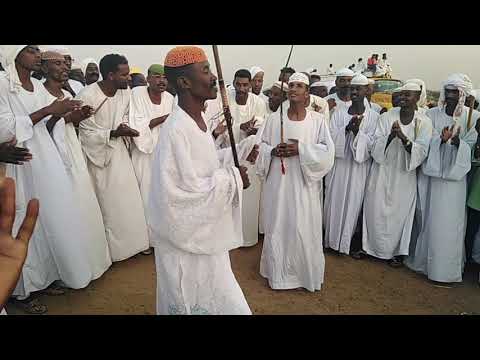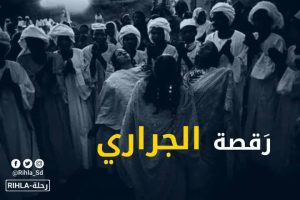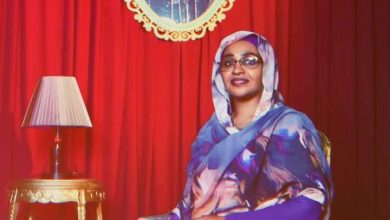“Jarari” A traditional Art Expresses the Life of Kordofan

Khartoum – Sudan Events
Kordofan area has many tribes that are culturally and linguistically rich and rich in their authentic artistic, literary and singing heritage.
These arts vary according to the tribes and the pronunciation of their tongues for its rich vocabulary: Bedouin poetry, Baramka, Mishkar, local tanbur and Rababa, to the art of Naqara, Karnak, Tuya, flute, stories, legends, anecdotes, proverbs, etc., and its many genres.
In the interior of its valleys, plains, and deserts of sand, at the foot of the mountains, their bottoms and greens, there are many arts, including the tanbour or mardum, the dalouka, sira , enthusiasm, and other types of art , singing, and among the most prominent of those arts that distinguish Kordofan as singing accompanying the dance is “jarari,” the rhythm that expressed peoples life.
Al-Jarari is a type of sira known throughout Sudan as a traditional, equestrian and enthusiastic rhythm. It is considered a type of singing accompanied by dancing that is presented without a musical instrument, presented in a slow, light movement.
It is widespread in the areas of the “Abala”, which are the tribal groups that herd camels and use them as professions.
The homeland of the Jarari rhythm is North Kordofan, it spread to North Darfur in western Sudan, where associated with the tribes residing in the desert areas. This heritage rhythm is known to the Hamar, Kababish, Majanian, Habaniya, Hamid, Bani Fadl and Kawahala tribes, in addition to the Rashad tribe in South Kordofan, which performs one of the Jarari dances are called “ju”. .
The art of jarari is performed on public occasions, such as weddings, circumcision, and various holidays.
It deals with topics of spinning, describing beauty to pity, talking about camels to pride, comparing the poor and the rich, and also the enthusiasm for taking revenge.
Jarari’s songs are distinguished by their reliance on the sound of men’s throats, the “kreer”, with clapping and dancing, when the women perform their role in singing, so that the men take turns performing alternative singing roles for the kreer, such as the songs of Andrea and Al-Lemouni, which are sung by the Dar Al-Hamar and Dar Hamid tribes.
The rhythm of the song and the chanting increases during the women’s performance as a form of sensual interaction.




